Family Physician (aka GP), MT. MD.اللهم انصر الإسلام والمسلمين 🇸🇦 #family_medicine_review
Don't wanna be here? Send us removal request.
Text




Bowen’s disease is a common superficial cancer which occurs on the upper layer of the skin (the epidermis). It appears most commonly as a slow-growing, persistent red scaly patch on areas of skin exposed to the sun.
The following treatments may be used to treat Bowen’s disease:
- Surgery including Mohs micrographic surgery
- Curettage and Electrocautery
- Cryotherapy or liquid nitrogen
- Topical chemotherapy, such as5-Fluorouracil (Efudix), Imiquimod (Aldara) and Ingenol mebutate (Picato)
- Photodynamic therapy (PDT)
- Radiotherapy
Bowen's Disease doesn't go away when you treat it with a cortisone or antifungal cream.
If Bowen’s disease is not treated, a small percentage may develop into an invasive skin cancer, squamous cell carcinoma (SCC).
Individuals who have been diagnosed with Bowen’s disease should aim to protect their skin from further sun damage.
0 notes
Text




Orf ... caused by parapoxvirus, those who works with sheep and goats. no need for treatment unless got complicated.
0 notes
Text
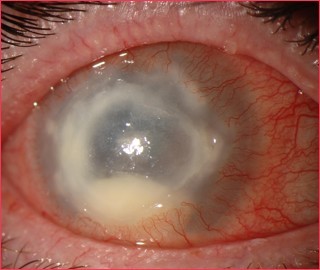

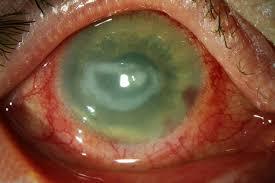
Acanthamoeba Keratitis ... very rare and lead to blindness.
Combination regimens used include:
TMP-SMX, flucytosine, and sulfadiazine
Penicillin G and chloramphenicol (chloramphenicol is no longer available in the United States)
Sulfadiazine, pyrimethamine, and fluconazole
Pentamidine, levofloxacin, amphotericin B, flucytosine, rifampin, and itraconazole
Pentamidine, flucytosine, itraconazole, topical chlorhexidine, and ketoconazole
Pentamidine and itraconazole
Fluconazole, sulfadiazine, and surgical debulking
Ketoconazole, rifampin, and TMP-SMX
TMP-SMX, rifampin, and surgical debulking
Oral and topical miltefosine with intrathecal and systemic amikacin
#family_medicine_review#makkah#mecca#saudi_arabia#family doctors#family physician#general practitioner
0 notes
Text


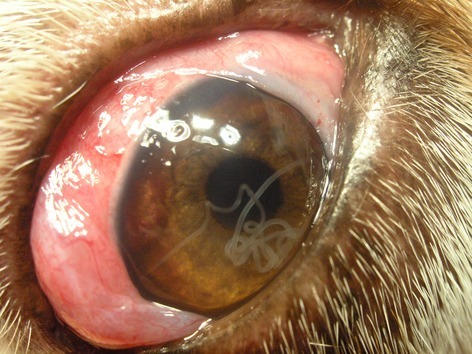
Onchocerca eye infection
The standard treatment of onchocerciasis now utilizes the broad-spectrum antiparasitic ivermectin, given as a single dose and repeated every 6-12 months over a course of around 10 years. Ivermectin decreases the microfilarial load by paralyzing the microfilariae over a six-month period.
#family_medicine_review#saudi_arabia#makkah#mecca#family doctors#family physician#general practitioner
1 note
·
View note
Text
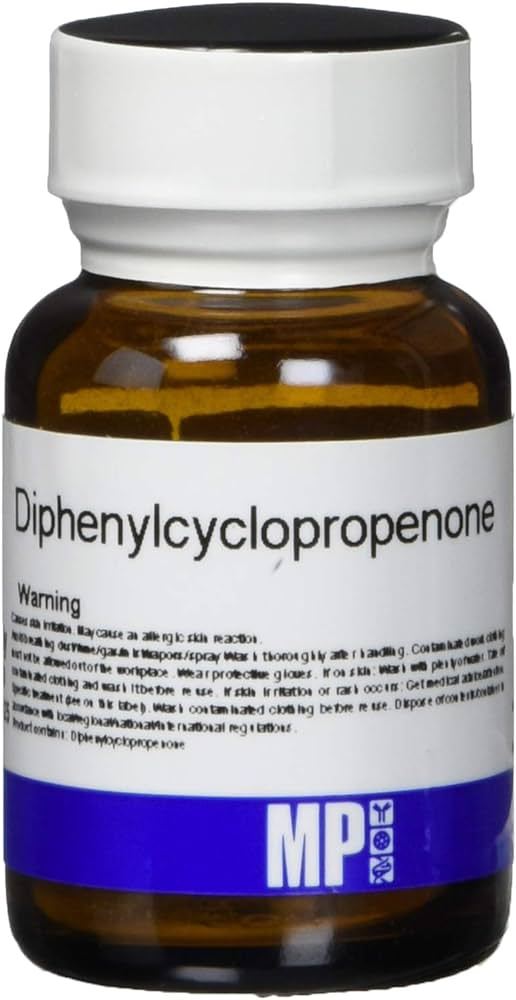
Diphenylcyclopropenone (DPCP), also known as diphencyprone, is an experimental sensitising agent used to treat alopecia areata.
0 notes
Text

Habit-tic deformity (HTD) or habit-tic nail deformity, caused by onychotillomania.
0 notes
Text
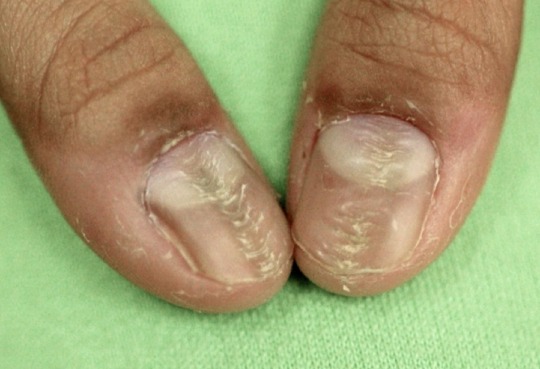
Median nail dystrophy—also known as dystrophia unguium mediana canaliformis, nevus striatus unguis, or median canaliform dystrophy of Heller.
Its a benign condition that resolved sponaniously and recurrent.
0 notes
Text

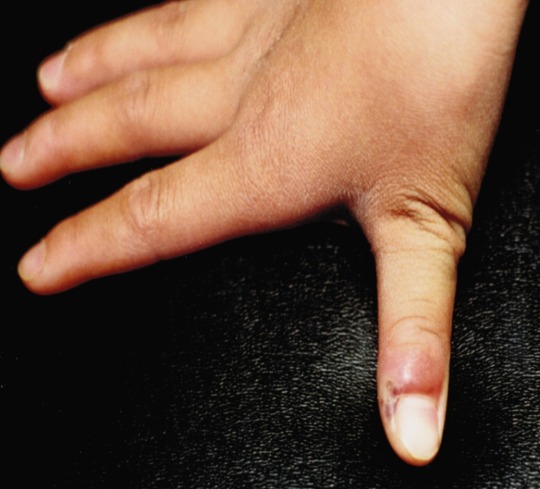
Paronychia, the green one is psudomonus infection.
0 notes
Text

Onychocryptosis, also known as an ingrown toenail or unguis incarnatus.
conservative ttt with Abx and steroids with loose fitting footwear, other wise removal of nail edge with matrix ablation.
0 notes
Text

fundal height according to gestational age
0 notes
Text

HELLP Mx,
Hemolysis
Elevated Liver Enzymes
Low Platlets
1 note
·
View note
Text

#family_medicine_review#makkah#mecca#saudi_arabia#family physician#general practitioner#family doctors
0 notes
Text
Favus or tinea favosa is in most cases a severe form of tinea capitis. It is caused by the dermatophyte fungus Trichophyton schoenleinii and results in a honeycomb destruction of the hair shaft. Although rare, it may sometimes occur as onychomycosis, tinea barbae, or tinea corporis.
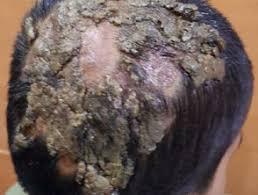
3 notes
·
View notes
Text
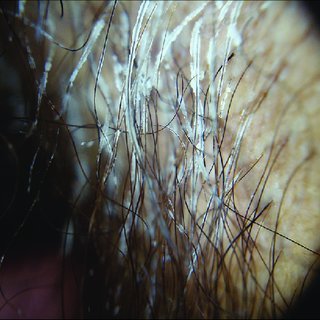

Trichomycosis axillaris is a superficial bacterial infection of underarm hair. The disease is characterised by yellow, black or red granular nodules or concretions that stick to the hair shaft. It can also affect pubic hair (when it is called trichomycosis pubis), scrotal hair, and intergluteal hair.
so its not fungal and it can be also in groin area.
0 notes
Text


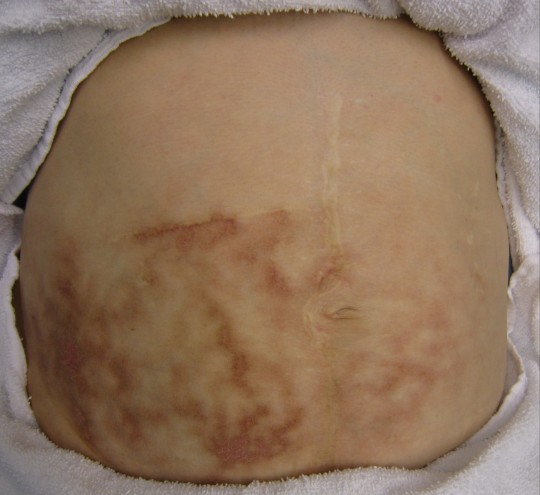

Erythema ab igne is a rash characterized by a reticulated pattern of erythema and hyperpigmentation. It is caused by repeated exposure to direct heat or infrared radiation, often from occupational exposure or the use of heating pads.
e.g. people who use labtops a lot on there thies will have it.
0 notes
Text

Becker's nevus is a cutaneous hamartoma characterized by circumscribed hyperpigmentation with hypertrichosis. Becker's nevus syndrome is an association of Becker's nevus with unilateral breast hypoplasia and muscle, skin, and/or skeletal abnormalities.
0 notes
